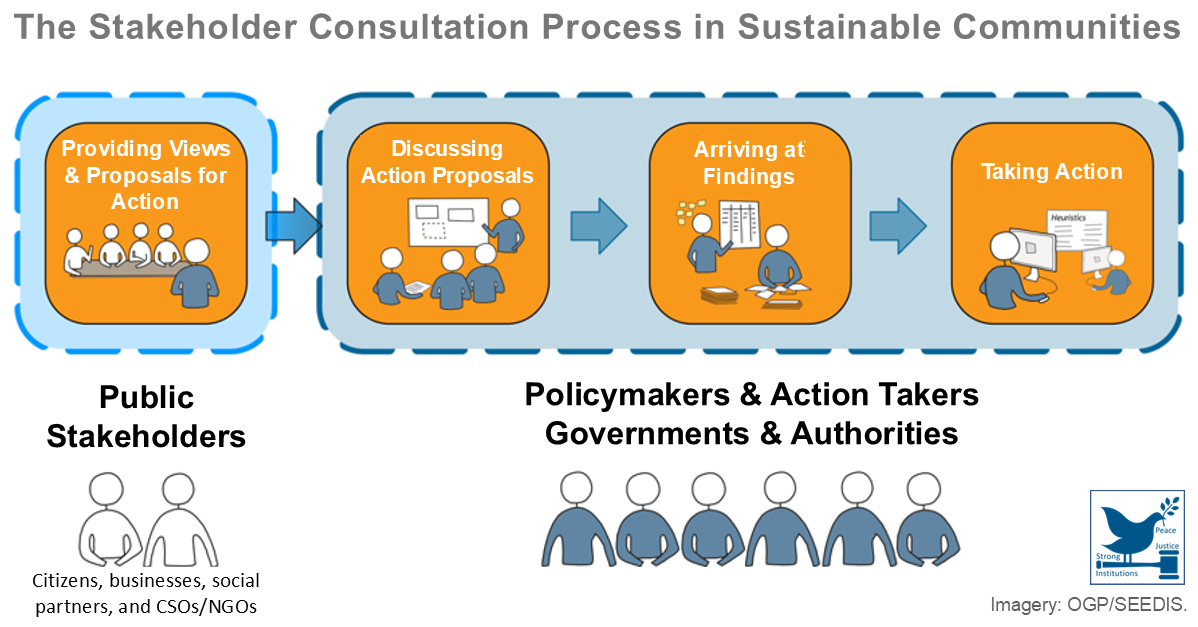Although mid-ticket leases increasingly qualify for “app-only” programs, they normally require individually negotiated contracts since there is little standardization in the residual value of the leased assets. Residual value realization and recovery rate upon obligor defaults are generally material factors in the rating analysis of mid-ticket leasing transactions. For mid-ticket leasing, instead of a lease application, a request for proposal (RFP) prepared by the prospective lessee that outlines the lease financing needs is commonly used and sent to various potential lessors requesting that they submit a lease proposal.
| US Mid-Ticket Leasing NBV 2014 | |
|---|---|
| $ Billion | Change YOY |
| 59.8 | 7.9% |
| Source: White Clarke Group | |
Leases in the upper middle-ticket segment are typically true leases (tax leases) that allow the lessors to claim the tax benefits of asset ownership. Equipment sale-leasebacks also commonly involve middle-ticket assets.
Mid-ticket leases are frequently arranged under a master lease, allowing the lessee to add leased assets after lease closing under the same basic contractual terms and conditions, without having to renegotiate the agreement. The use of master leases for mid-ticket equipment also facilitates their securitization.
The mid-ticket segment is highly competitive and is the least profitable ticket segment. Leasing in this segment is provided chiefly by banks and independent lessors, where strong customer relationships are of major importance.


Leave A Comment
You must be logged in to post a comment.